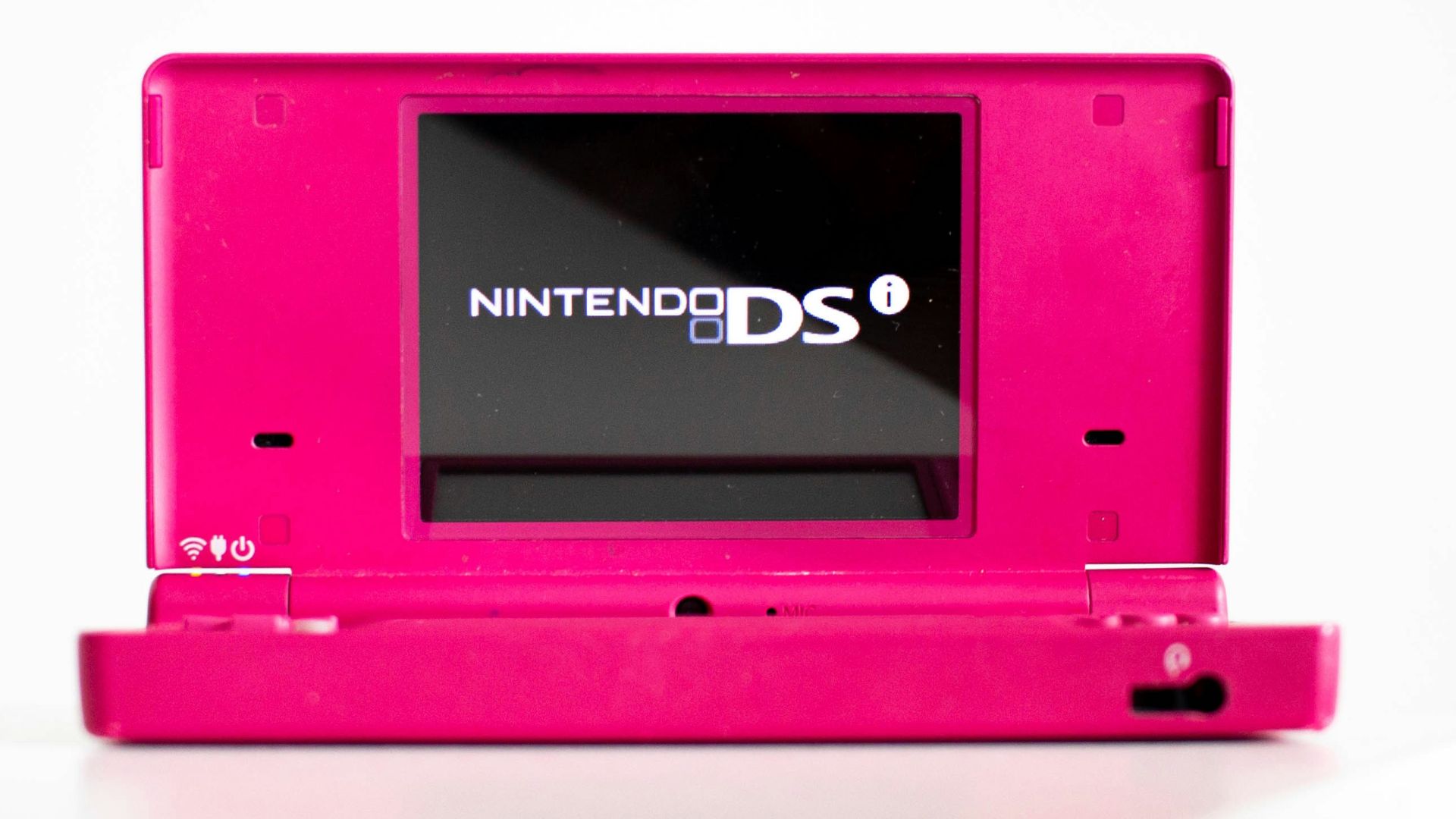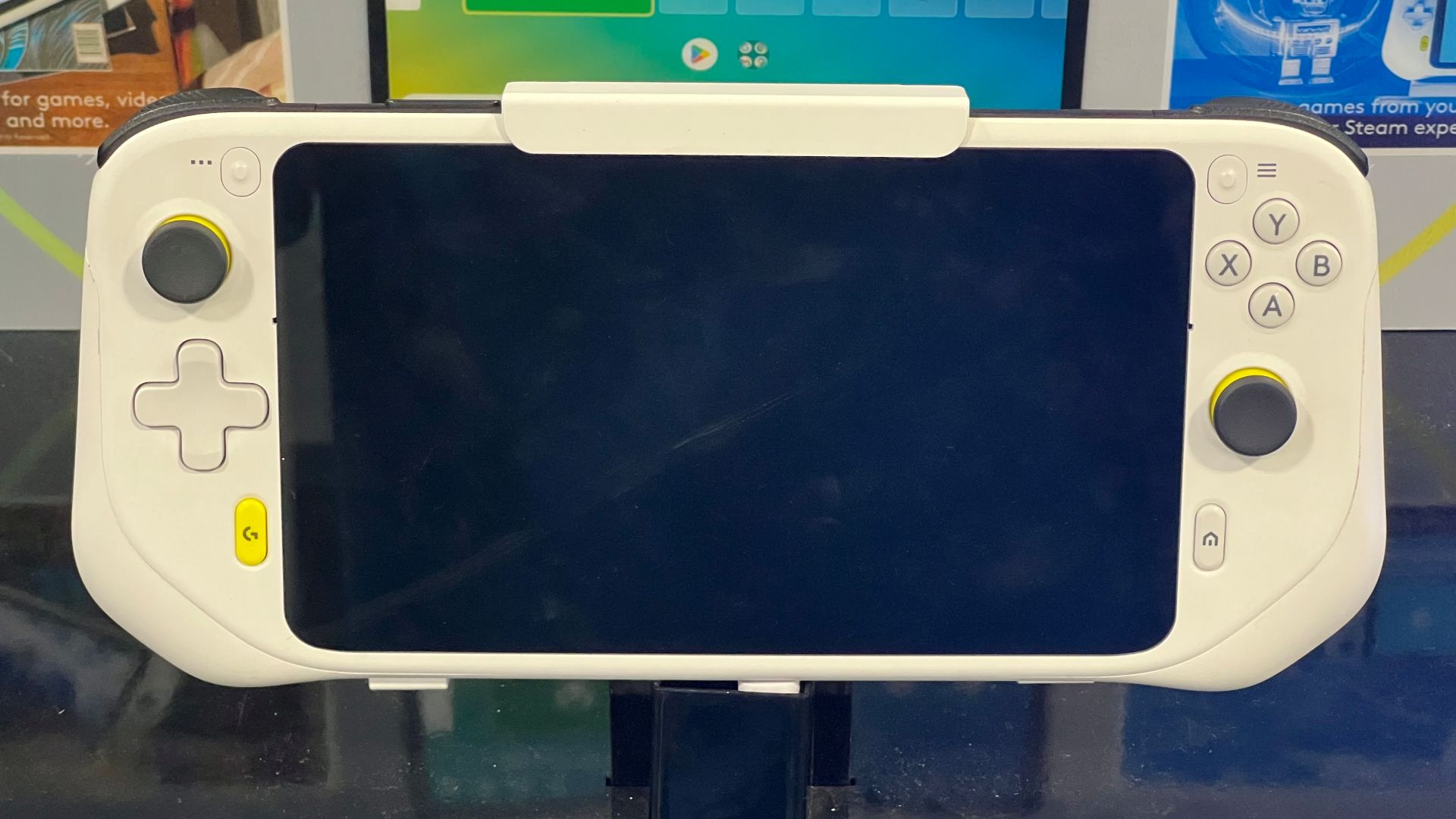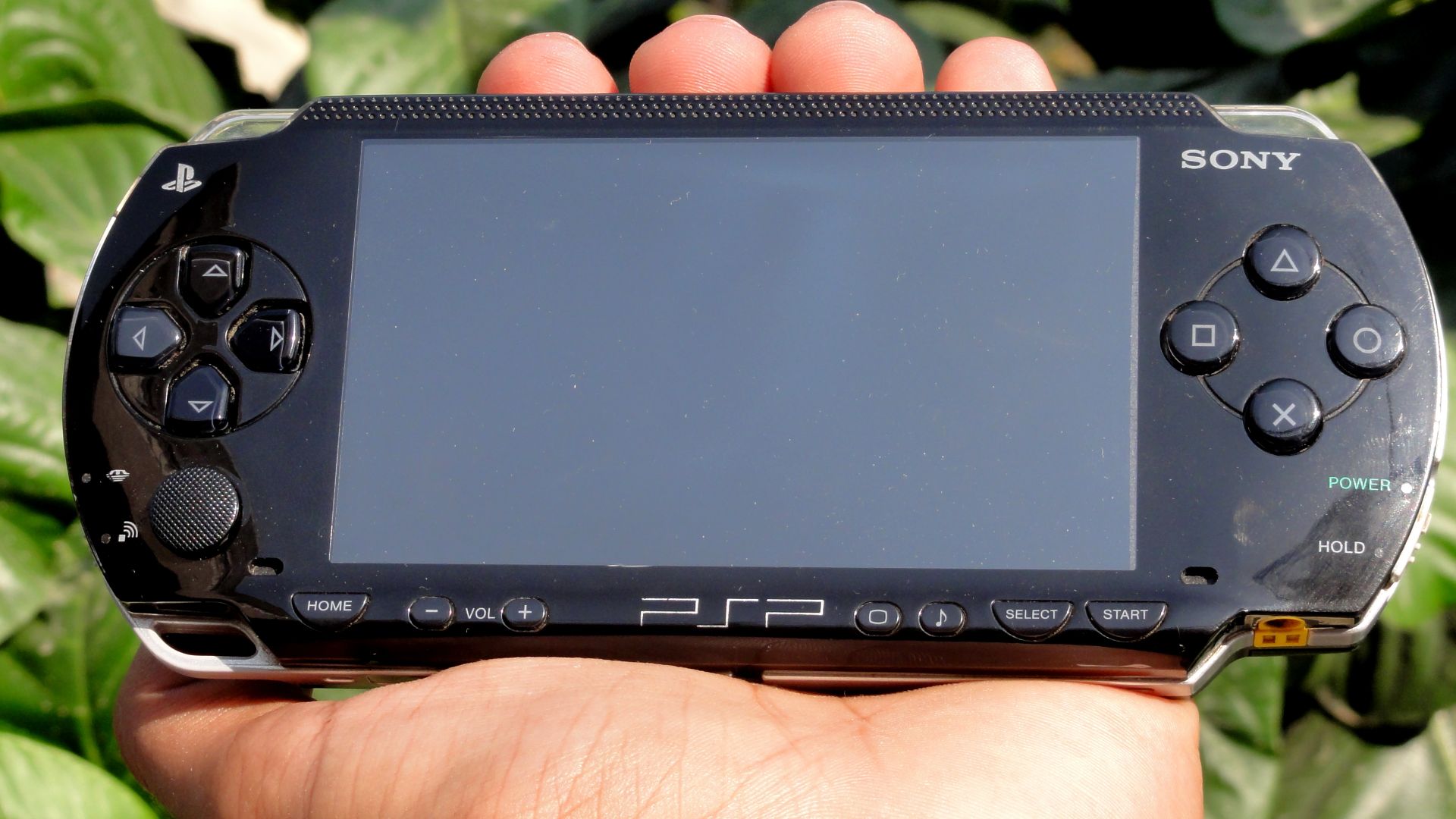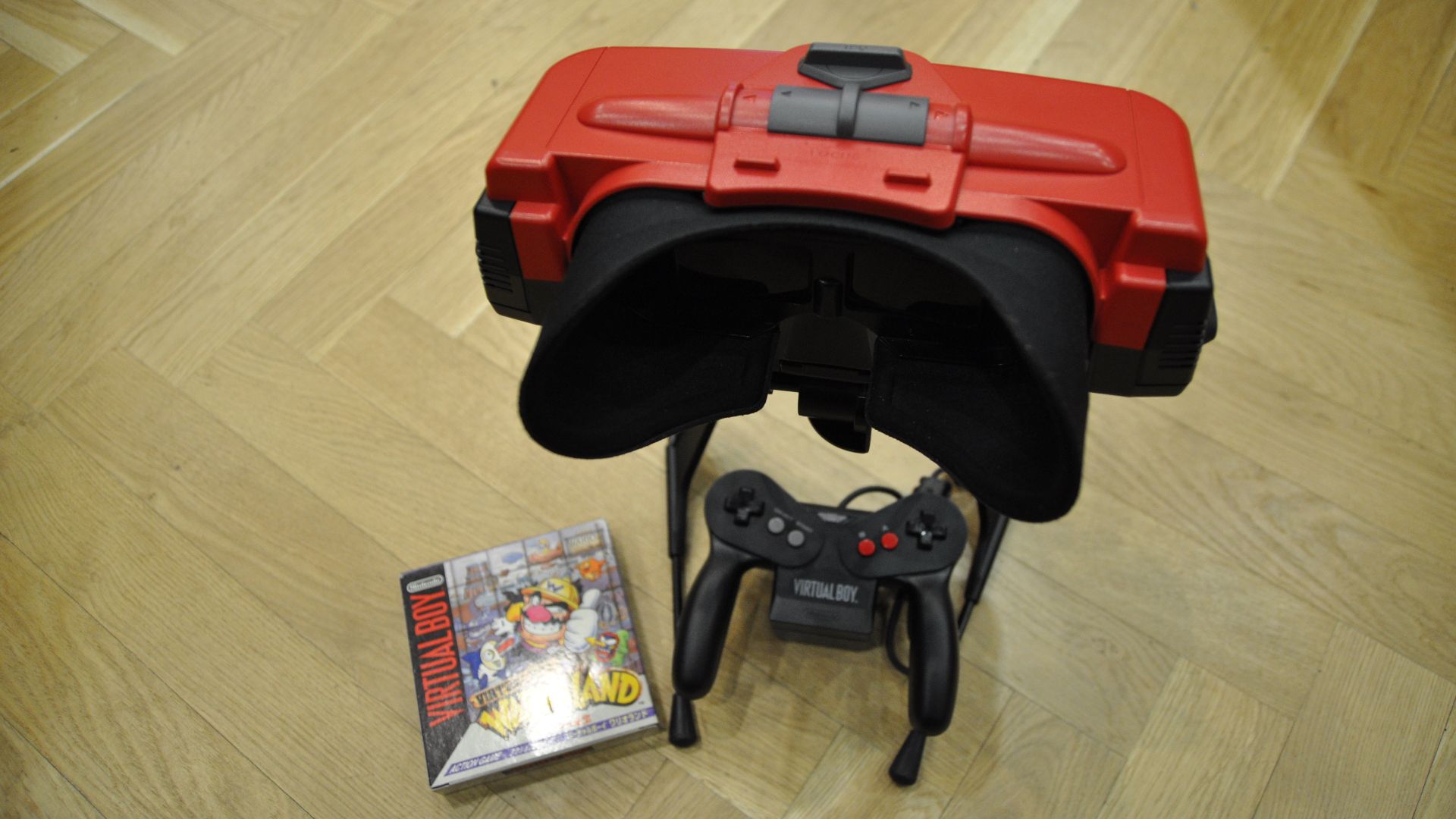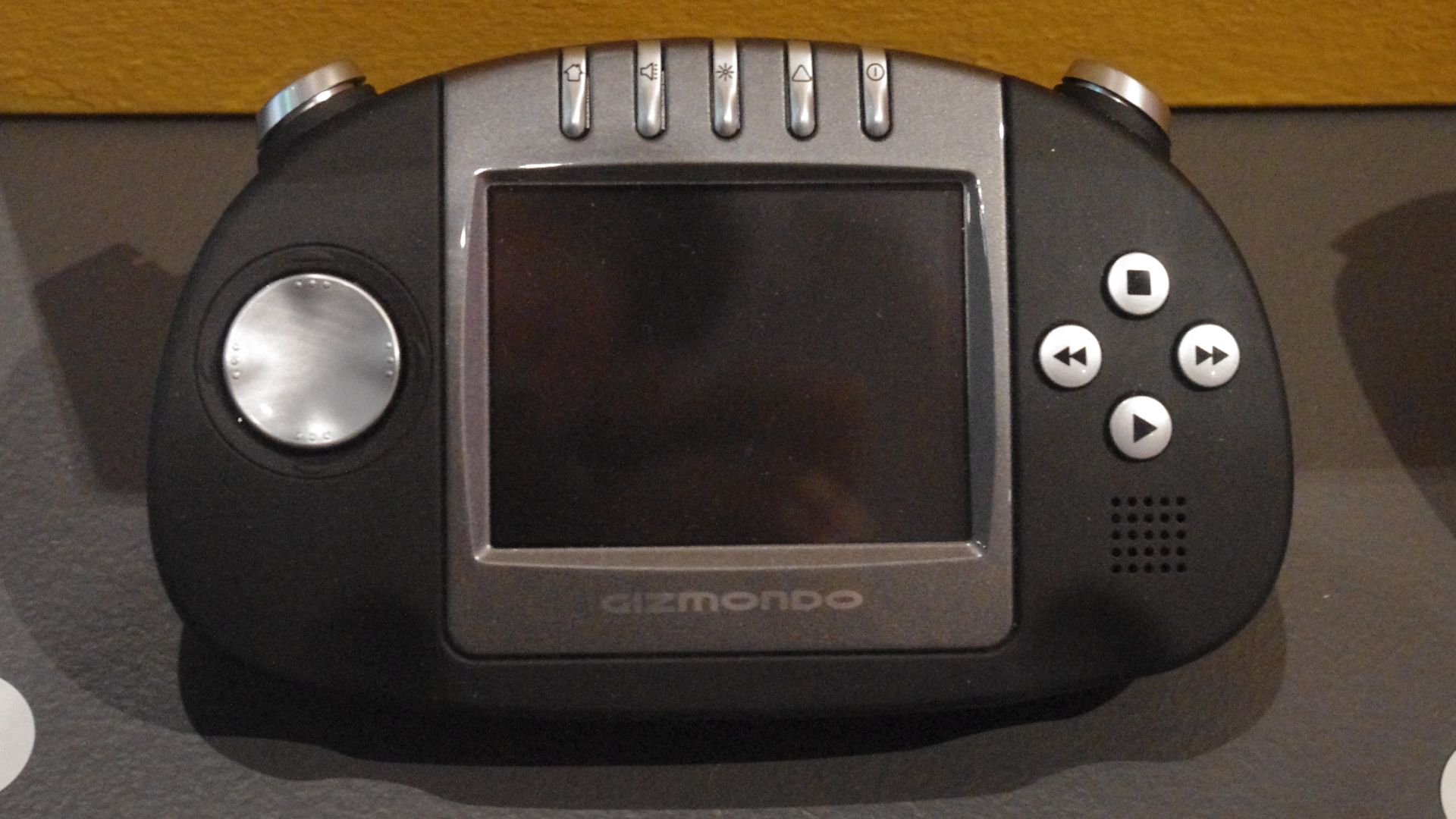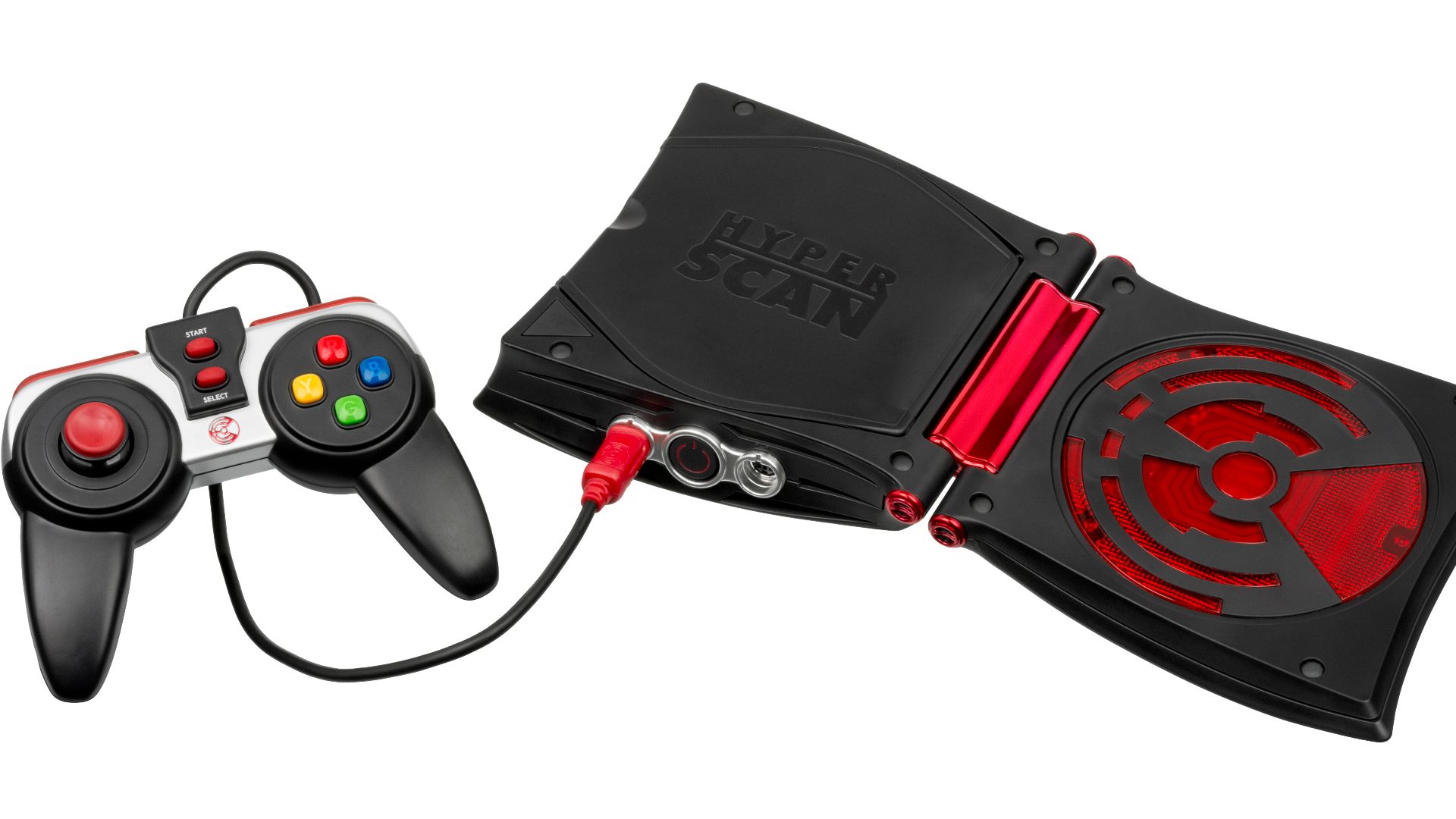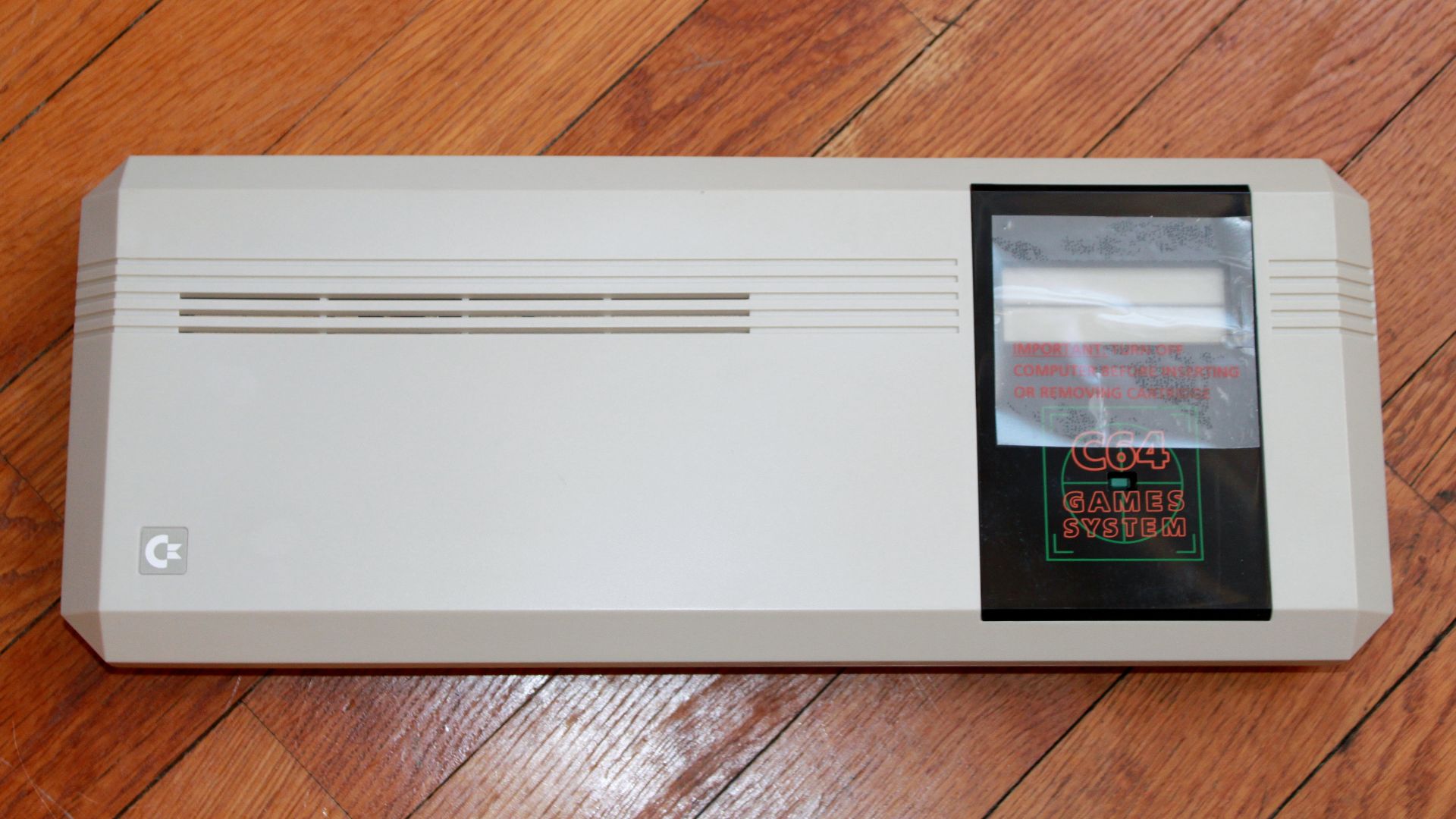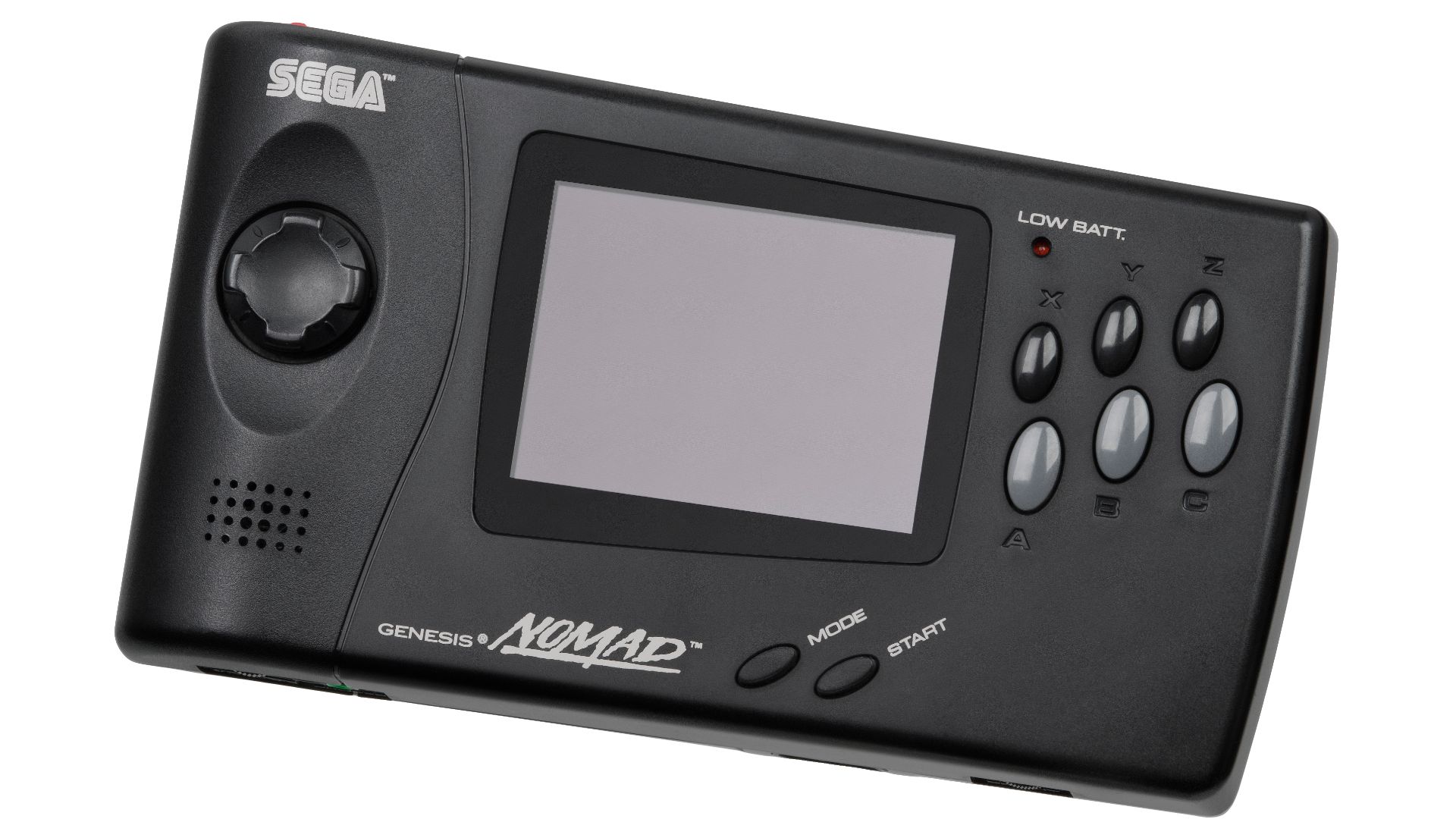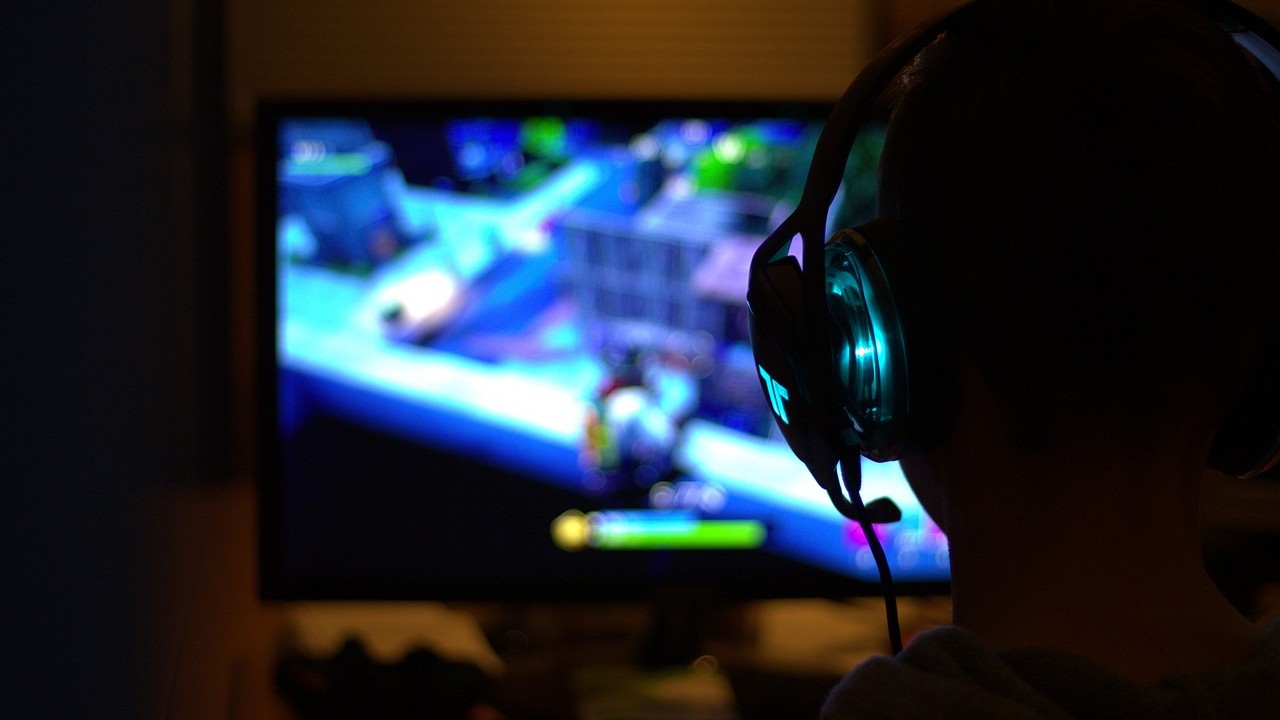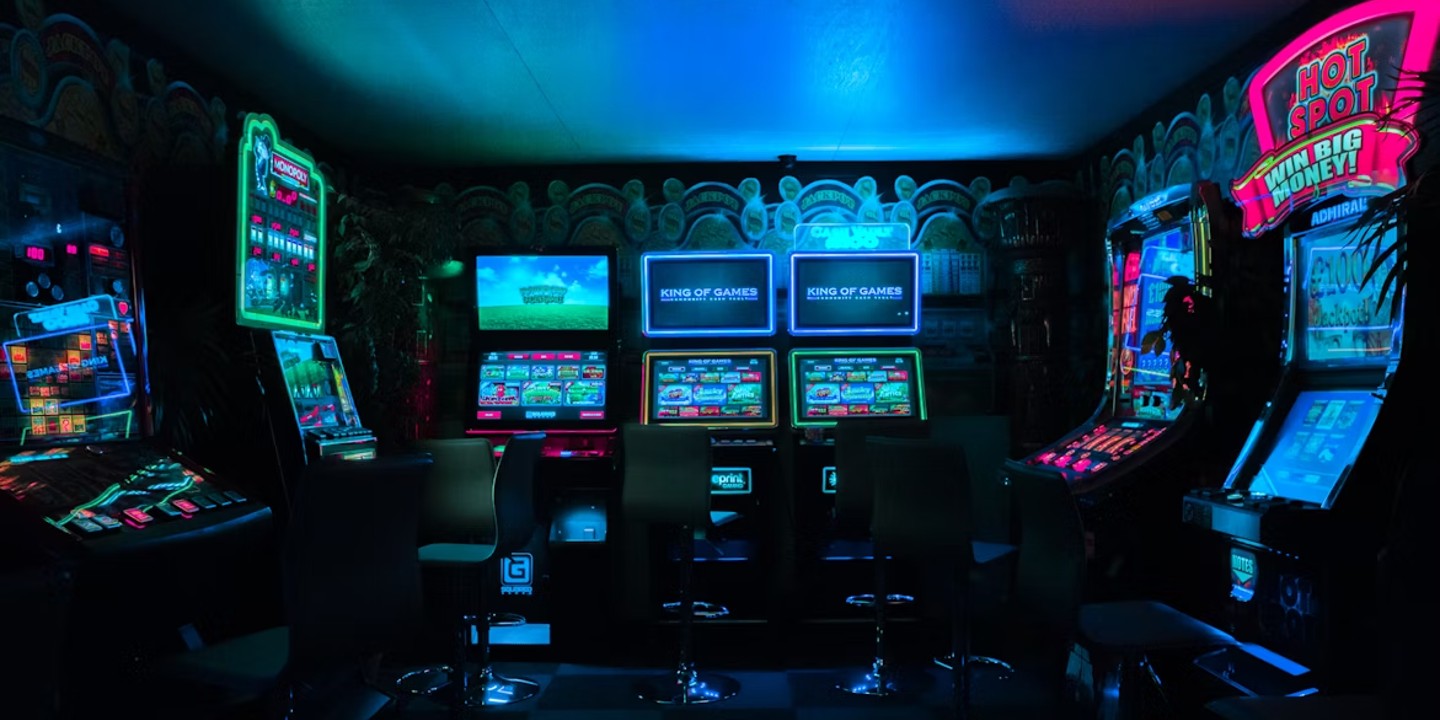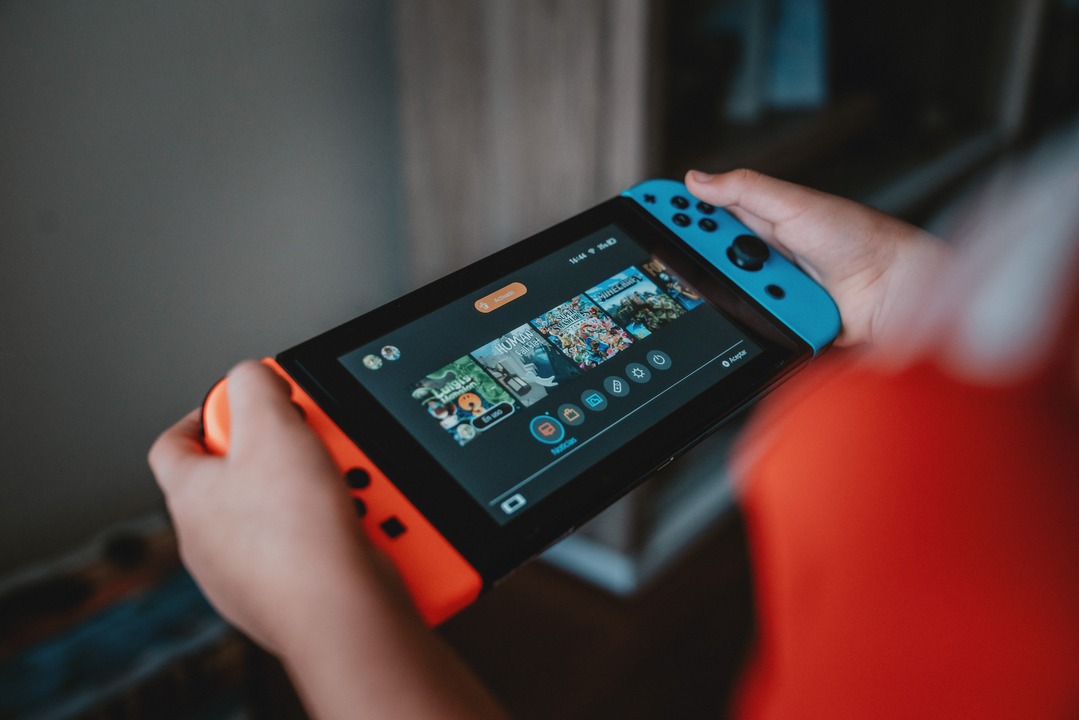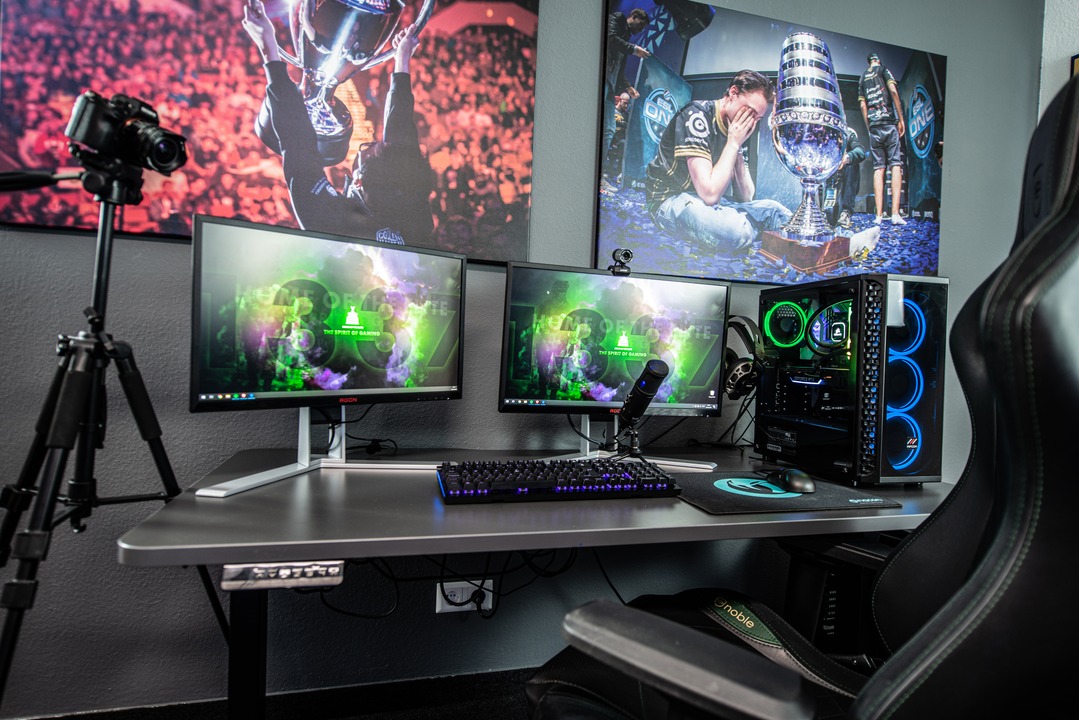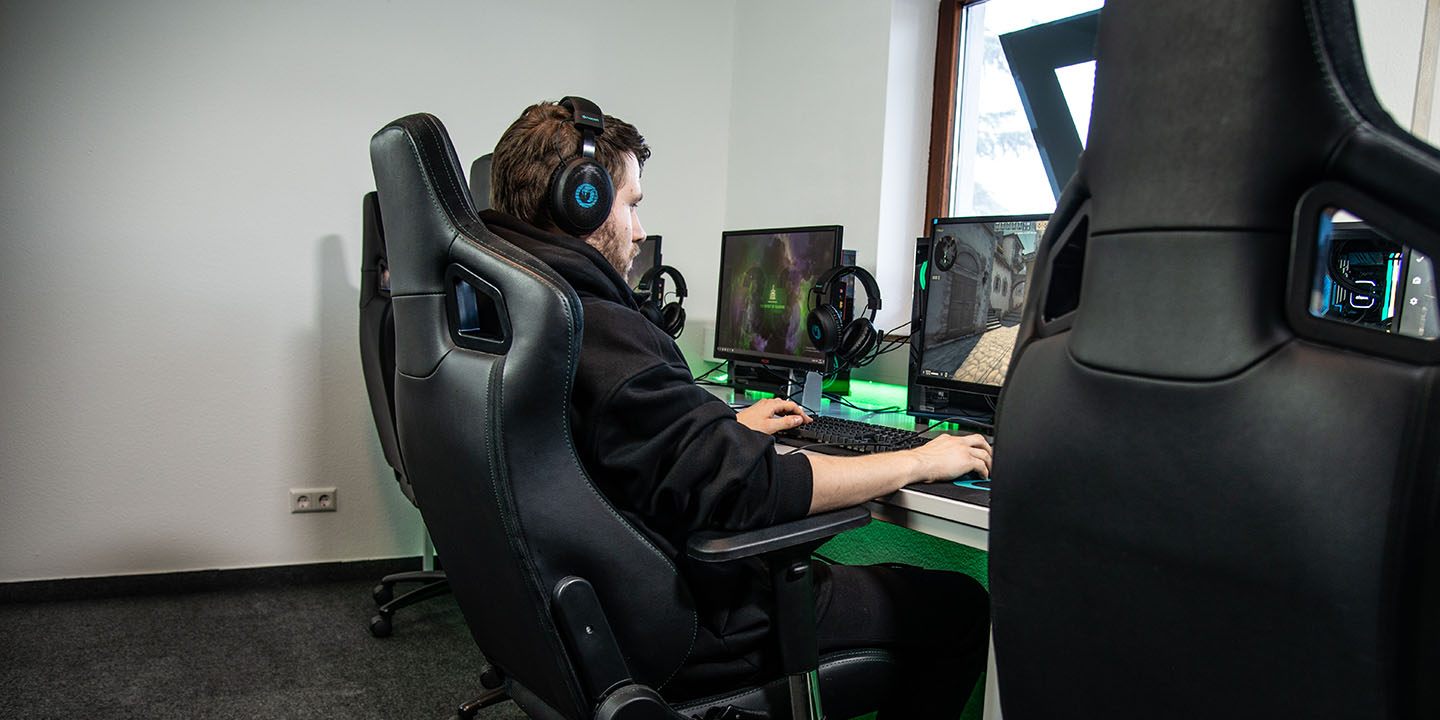Epic Wins, Embarrassing Flops
Success and failure sit side by side in gaming's portable arena. Let's look at 20 handhelds that shaped this scenario—10 soared to legendary status while 10 others crashed in spectacular fashion. Behind each device lies interesting stories of innovation, hubris, bad timing, and occasional brilliance. Grab those batteries and look into handheld gaming's rollercoaster journey!
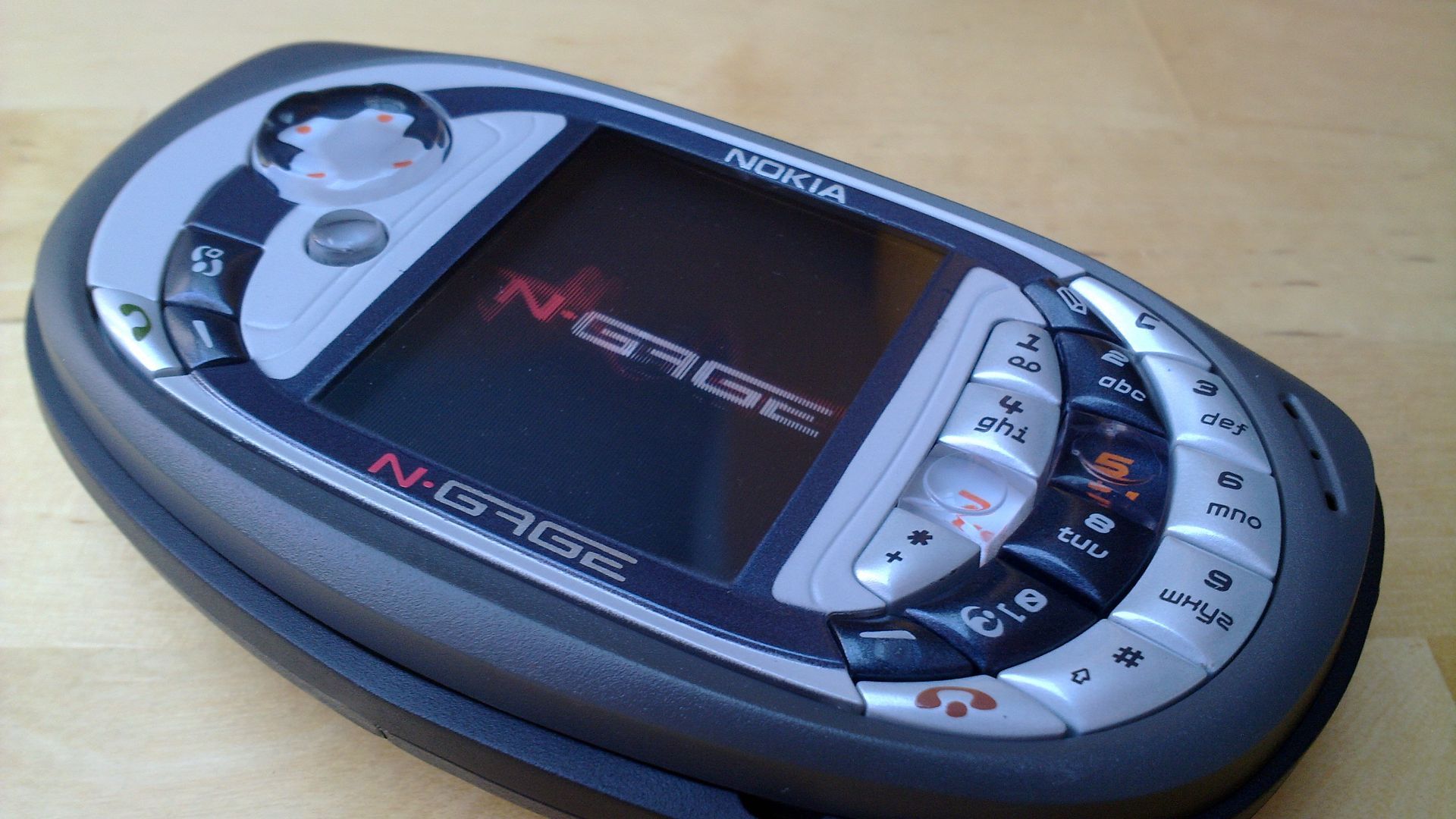 Andrew Currie from Toronto, Canada on Wikimedia
Andrew Currie from Toronto, Canada on Wikimedia
1. Nintendo Switch
This beloved hybrid console took gaming by storm in 2017, offering home and portable play. With over 140 million units sold, its revolutionary design thrilled casual and die-hard gamers alike. After disappointing Wii U sales, Nintendo struck gold with this versatile powerhouse.
2. Nintendo DS
Remember when touchscreens seemed futuristic? The dual-screened wonder launched in 2004, featuring touch controls and microphone input. Games like Brain Age and The Legend of Zelda: Phantom Hourglass used the touchscreen in creative ways. Developers loved it, leading to a large game library.
3. Valve Steam Deck
Talk about a console that brings your entire PC library on the go. Released in 2022, Valve's powerhouse combines console convenience with PC flexibility. It runs everything from AAA hits to indie gems. Tech enthusiasts immediately fell for its superb hardware performance.
4. ASUS ROG Ally X
ASUS entered the handheld arena with their Windows-based gaming device, delivering great specs and performance for demanding PC games. Unlike closed ecosystems, ROG Ally X delivers unparalleled software flexibility. The premium hardware specifications ensure smooth gameplay even with resource-intensive titles.
5. Logitech G Cloud
Cloud gaming represents the future, and Logitech held on to this with their dedicated streaming handheld. Supporting services like Xbox Game Pass and GeForce Now, this lightweight device gives exceptional battery life that can reach 10+ hours. Its ergonomics make extended gaming sessions a pleasure.
6. PlayStation Portable (PSP)
The PlayStation Portable, Sony’s first handheld console, launched worldwide in 2005 and redefined portable gaming. With a large screen, powerful hardware, and multimedia features, it brought console-quality experiences on the go—featuring standout titles like Metal Gear Solid: Peace Walker and God of War: Chains of Olympus.
7. Backbone One
Can your smartphone transform into a premium gaming console? This masterpiece proves it can. The controller attachment enhances mobile gaming by adding physical controls to your existing device. There is a Backbone app that helps discover new games and manage content.
8. ModRetro Chromatic
Craftsmanship defines the Chromatic, showcasing ModRetro's dedication to quality retro gaming experiences. The custom IPS display dramatically improves upon the original Game Boy's limitations. This device, built with high-quality materials and attention to detail, delivers authentic vintage gaming with modern conveniences.
 ModRetro Chromatic... Why? by The Retro Future
ModRetro Chromatic... Why? by The Retro Future
9. Lenovo Legion Go S
Early 2025 saw Lenovo's ambitious entry into handheld gaming with dual-OS flexibility. Serving both Windows 11 and SteamOS variants, the Legion Go S targets different gaming preferences. It came equipped with a 49.2Whr battery, which supported fast charging.
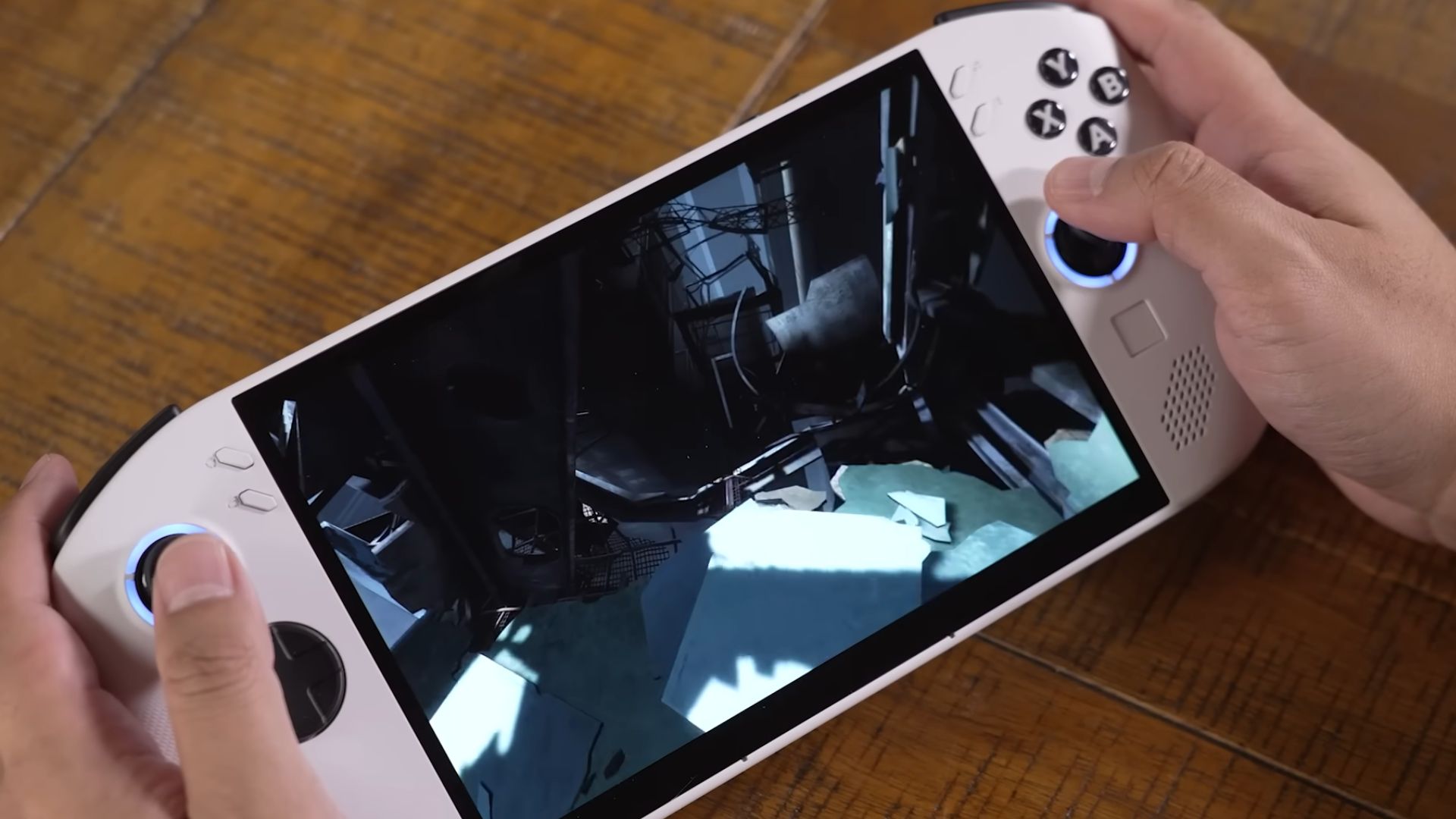 Lenovo Legion Go S Review by IGN
Lenovo Legion Go S Review by IGN
10. Nintendo Game Boy
The 1989 release of Nintendo's iconic brick changed portable entertainment forever. Despite its modest green-tinted display and limited processing power, the Game Boy dominated the market. Game Boy launched with Tetris, making it an instant hit. The addictive puzzle game helped sell millions of units.
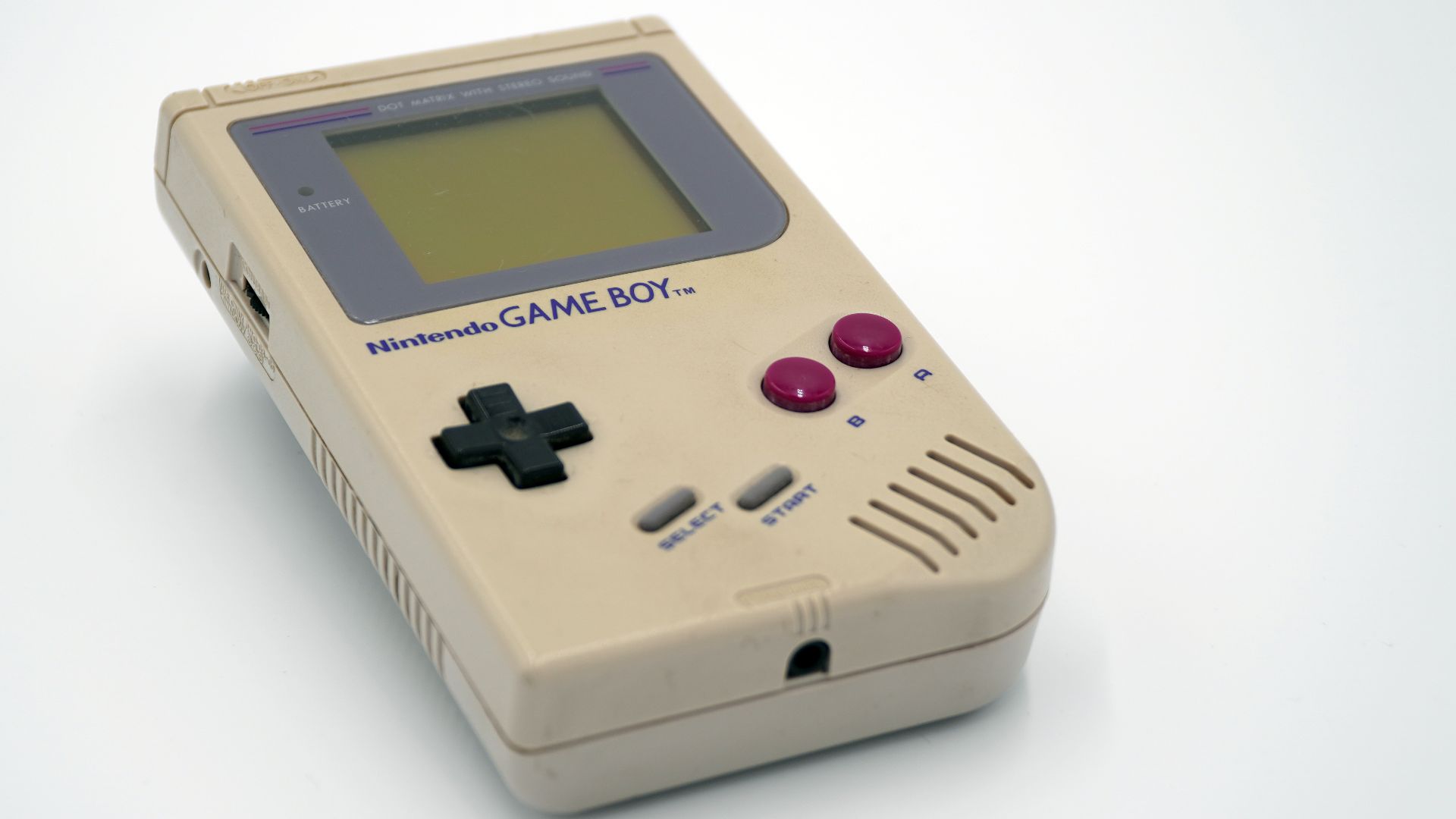 Sammlung der Medien und Wissenschaft on Wikimedia
Sammlung der Medien und Wissenschaft on Wikimedia
While these remarkable handhelds reshaped how we play, not every portable gaming vision found its audience. So, let's look at the missteps and ambitious failures linked with some other gaming consoles.
1. Nokia N-Gage
Awkwardly designed as both a phone and a gaming device, Nokia's 2003 N-Gage became an immediate industry joke. Users had to remove the battery just to change games. Despite Nokia's mobile dominance at the time, the "taco phone" sold poorly before its quiet discontinuation.
 Andrew Currie from Toronto, Canada on Wikimedia
Andrew Currie from Toronto, Canada on Wikimedia
2. Nintendo Virtual Boy
Virtual reality in 1995? Nintendo's headset displayed games in eye-straining monochromatic red and caused literal headaches. Legendary designer Gunpei Yokoi's final Nintendo project lasted just seven months on the market. Players also felt the $179.95 ($350+ today) price tag was quite expensive.
3. Tiger Telematics Gizmondo
Behind Gizmondo's 2005 failure lies a tale of corporate mismanagement and criminal connections. It is said that its executive crashed a Ferrari Enzo in Malibu before fleeing to Europe. The handheld offered forced advertisements to lower costs but couldn't survive beyond 25,000 units sold.
4. Tiger Electronics R-Zone
Attempting to capitalize on virtual reality hype, Tiger's head-mounted R-Zone projected dim red images onto a reflective surface before your eye. Released in 1995, this uncomfortable contraption delivered painful gameplay with terrible visuals. Critics universally panned its poor ergonomics and subpar game library.
5. SouljaGame Console
Rapper Soulja Boy's 2018 gaming venture ranks among the industry's most brazen failures. The unlicensed device simply repackaged Chinese emulators loaded with pirated games. Such an embarrassing cash grab showed the dangers of celebrities entering tech without understanding intellectual property.
 SouljaGame Handheld (Sort of) Review by GameHead Nes
SouljaGame Handheld (Sort of) Review by GameHead Nes
6. Mattel Hyperscan
Did adding RFID card-scanning to gaming bring innovation or frustration? Mattel's 2006 Hyperscan awkwardly combined video games with collectible cards that unlocked content. Its sluggish loading times, primitive graphics, and clunky design led to swift retail clearance. It ultimately got discontinued in 2007.
7. Commodore 64 Games System
Well, Commodore's 1990 attempt to repackage their aging computer as a dedicated console backfired spectacularly. Most existing C64 software wouldn't work without a keyboard, severely limiting its game library. European retailers quickly slashed prices on this obsolete hardware that competed against technically superior 16-bit systems.
8. Philips CD-i
The infamous CD-i's disastrous reputation stems partly from its terrible Nintendo-licensed games. It was first designed as an interactive entertainment system for games, movies, and educational content. However, the game was more costly than the SNES and Sega Genesis, and it lacked gaming power.
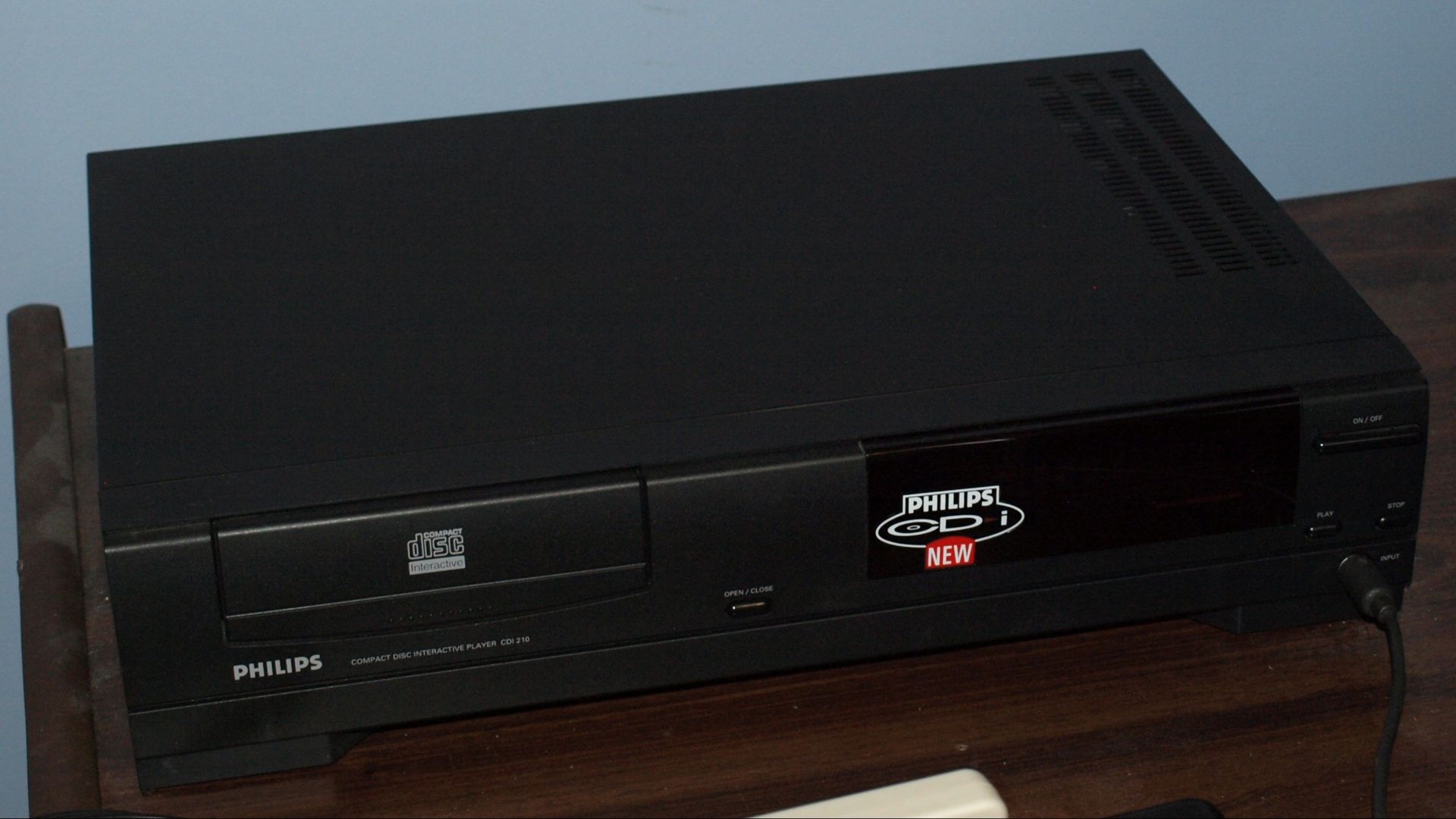 Matthew Paul Argall on Wikimedia
Matthew Paul Argall on Wikimedia
9. Atari Lynx
Nothing could save Atari's color handheld from market rejection in 1989. The technically fine device had the first backlit color screen in a portable but drained six AA batteries in just hours. Weighing nearly a pound, the bulky Lynx couldn't compete with Game Boy's affordability.
10. Sega Nomad
Sega's 1995 portable Genesis seemed brilliant—play your home console games on the go. Unfortunately, six AA batteries gave barely three hours of gameplay. The device arrived as Sega shifted focus to Saturn. Sadly, Sega barely advertised it, and it was only sold in North America.



